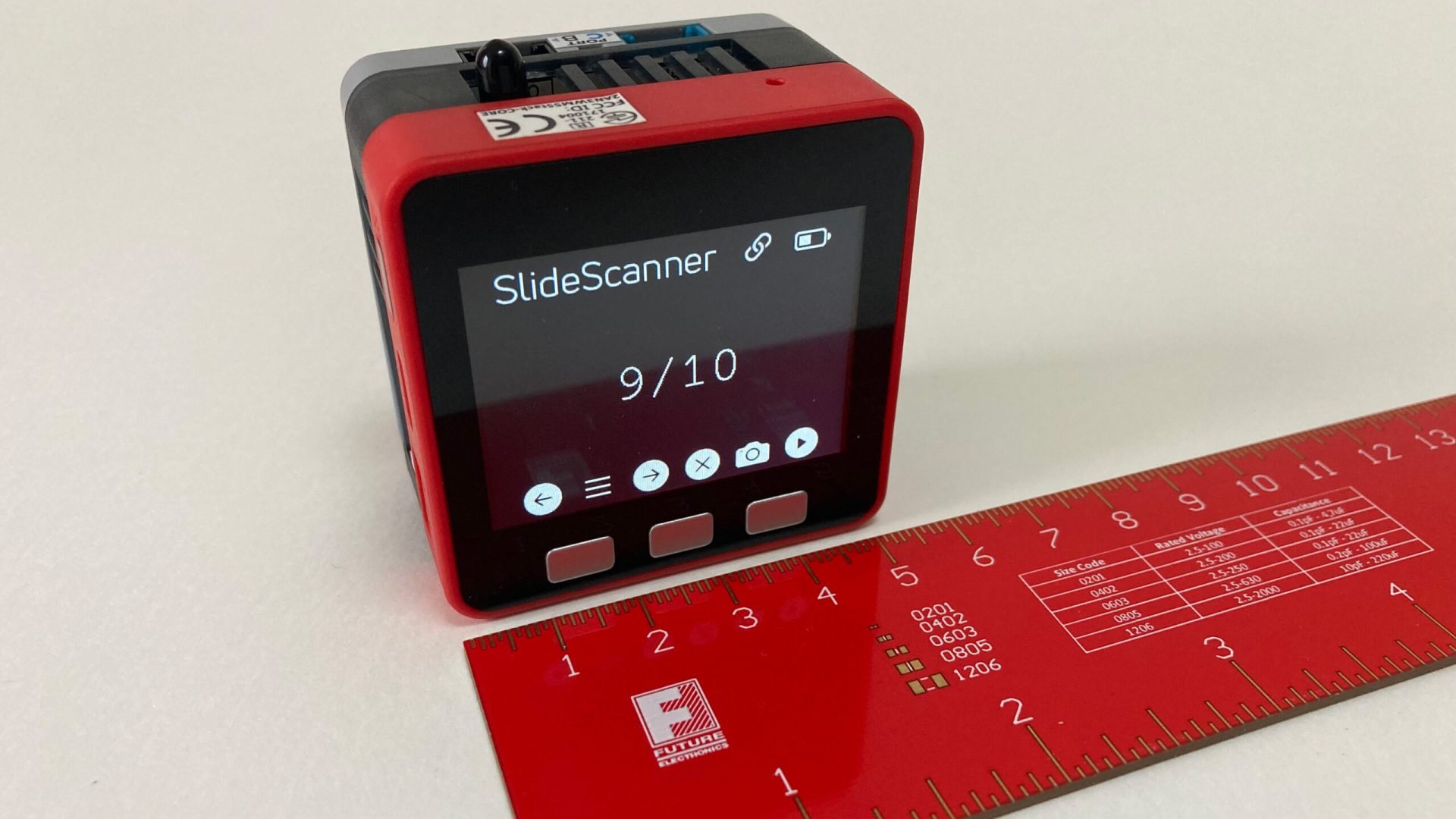


You can get a good slide scanner from Kodak for about $179. It works well, but what if you don’t want to pay that much money for a slide scanner? Well, if you have $49 and some spare time, there is a design that you can build yourself – The Filmolino SlideScanner – a DIY open-source project.
The Filmolino SlideScanner






The Filmolino SlideScanner is a more practical solution to scanning film using DSLRs. The scanner uses a modified slide projector as the light source and method of moving slides. Meanwhile, a camera photographs the slides, acting as a scanner. You can operate the SlideScanner using the three built-in buttons and the display. Alternatively, you can operate it via WLAN from your PC or phone.




In the example shown on the Filmolino website, the Filmolino SlideScanner is used with a Pentax DSLR. If you want, you can instead use cameras from Nikon, Sony, or some other camera manufacturers. Filmolino is still testing the support for the system across brands, so there is yet to be any full support list.


The Filmolino SlideScanner is not the first project by Filmolino’s Roger and Francesco. They previously made the Filmolino Scanner. It’s a multi-format scanner, and it went through multiple prototypes already. With the Filmolino SlideScanner, Roger and Francesco wanted to make a design specifically for slide film. But they aren’t designing it alone. The Filmolino SlideScanner is developed in cooperation with Thomas Gade from photoinfos.de.
The hardware of the Filmolino SlideScanner
The Filmolino SlideScanner uses the M5Stack Fire as a control unit. A $49 development kit that features 16M Flash, 8M PSRAM, and a 3.7V/500mAh Lithium battery. The built-in battery allows you to use the Filmolino SlideScanner without a power supply. Additionally, it uses a special electronic module designed for the M5Stack Fire. The module gives the Filmolino SlideScanner additional features, but according to Filmolino, it isn’t necessary for the system to work.




To build the Filmolino SlideScanner, you will need the following components:
- C2 | capacitor 10u/10V, 0805, SMD
- D3 | SFH4544, infrared diode, THT
- F2 | 0ZCF0075AF2C, resettable fuse 750 mA, SMD
- J2 | Grove 90° connector THT
- J3 | M5Stack 30-pin connector THT
- J4 | 3-pin 2.5mm audio jack Lumberg THT
- Q3 | BSS138, MOSFET N-CH, SMD
- R1,R3,R6,R7 | resistor 180R, 0805, SMD
- R10 | resistor 39R, 1206, SMD
- R11 | resistor 10k, 0805, SMD
- R13 | resistor 1M, 0805, SMD
- U1,U2 | AQY212GSZ, solid state relay, SMD
- U3,U4 | AQY212SX, solid state relay, SMD




In conclusion
To build your own unit, head over to the Filmolino SlideScanner GitHub page to see all project files. Additional instructions can be found on Filmolino’s website. If you are on the lookout for a scanner already, there is no reason not to check it out, especially if you like delving into DIY projects.
There are alternative ways to get into DIY DSLR film scanning. For example, there are projects that use the Arduino Nano instead of the M5Stack. There are also projects that skip having a controller unit altogether. You can make such scanner systems from wood or from random stuff lying around in your house.






